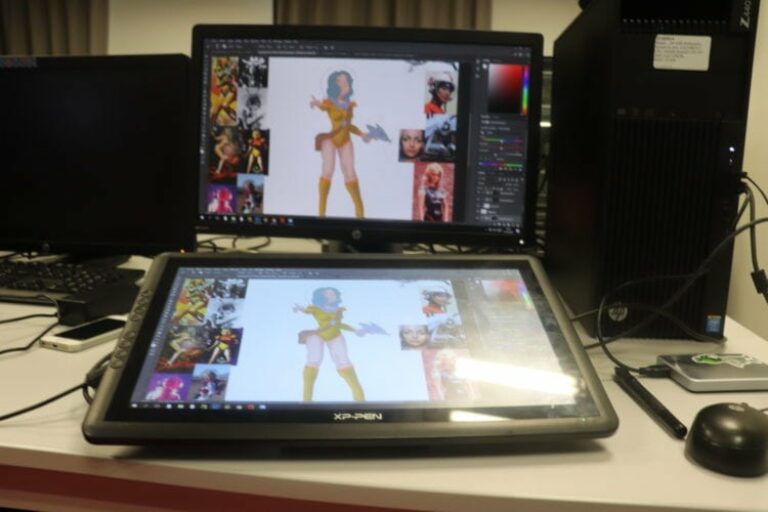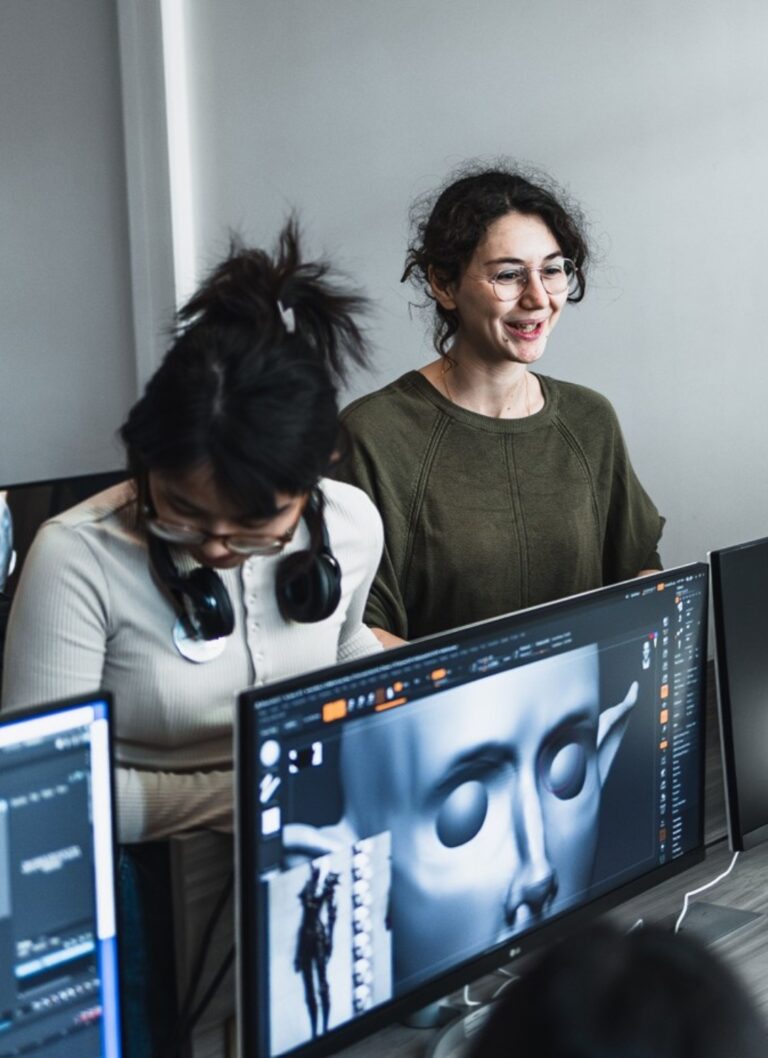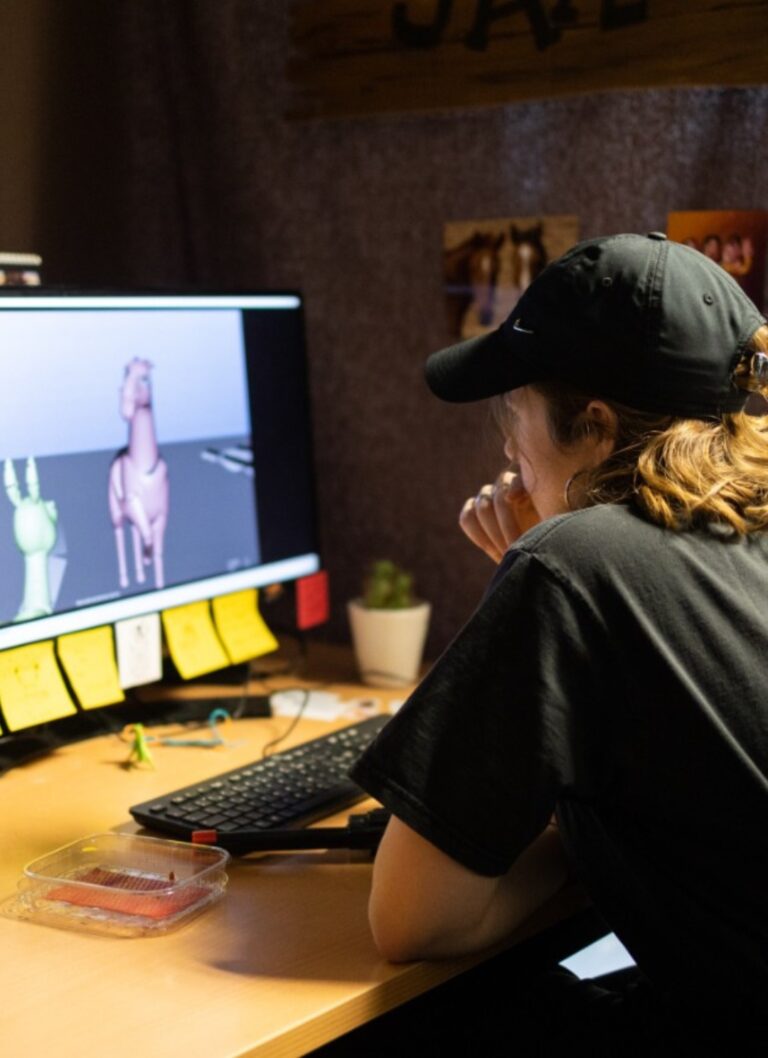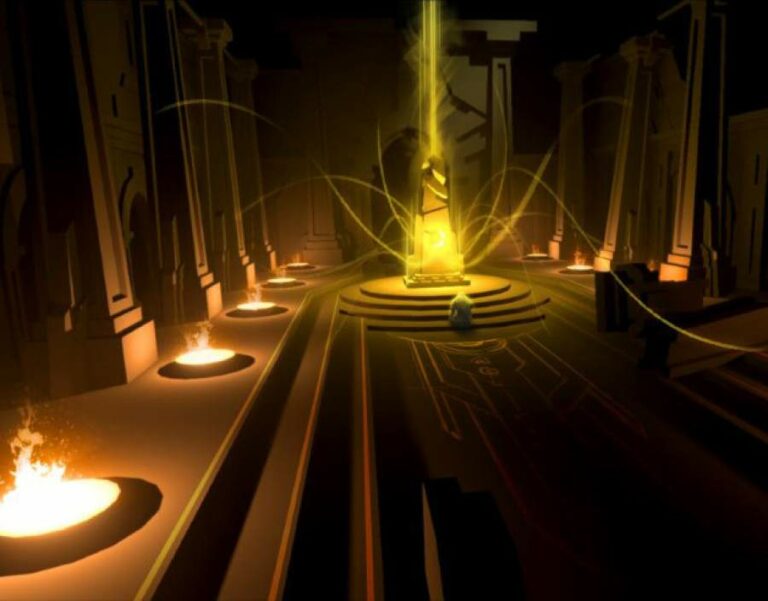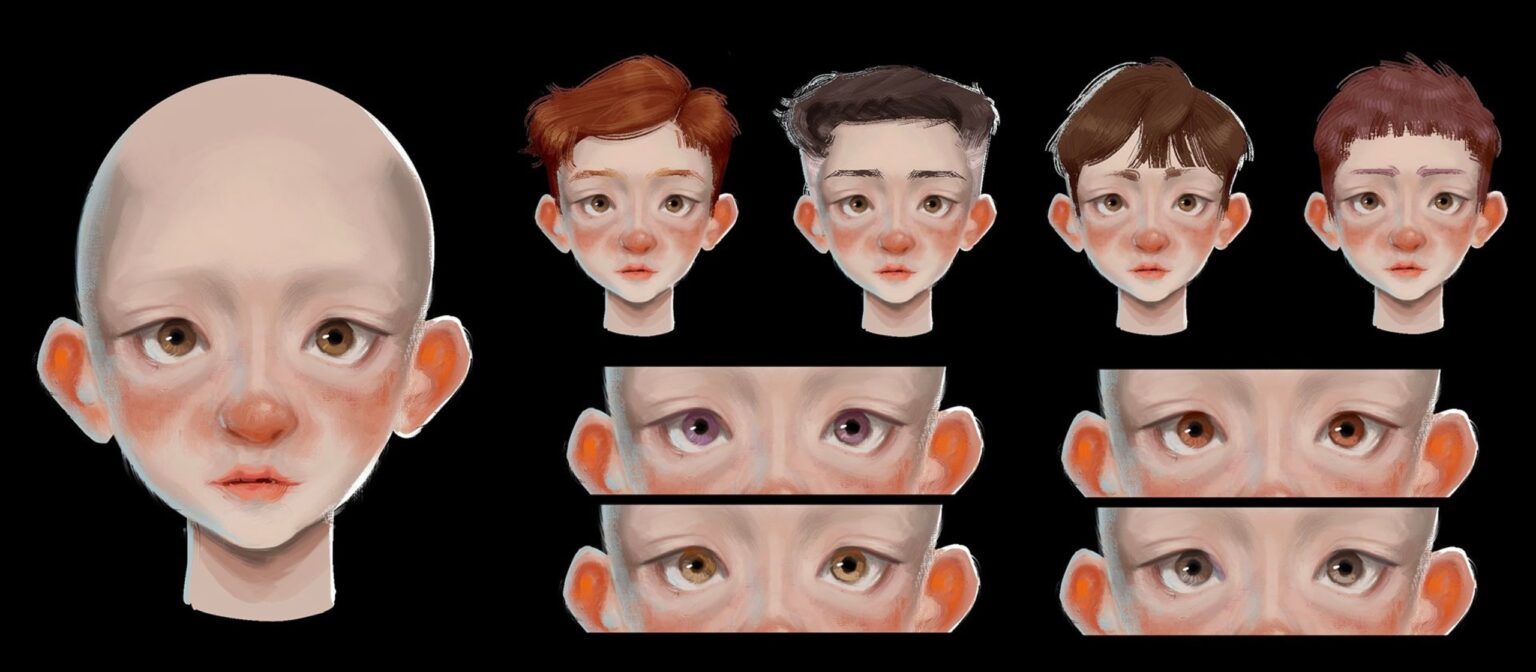
- Training 3D Animation & FX
A compositing artist assembles visual elements like live footage, 3D animation, and effects—into a final, seamless image. Their role is important in post production for films, VFX, and 3d animation. If you’re interested in how to become one then this guide will walk you through the tools, skills, and steps to take. You’ll also learn how training at ESMA, one of the top 3D animation schools in France, can help launch your career.
Tasks and Roles of the Compositing Artist
Compositing artists integrate different visual layers or elements They work with:
- Film footage, 3D animation, special effects, green screen shots
- Lighting, color, and texture adjustments for realism
- Matching perspective and depth to unify the scene
- Removing visual errors or inconsistencies
- Integrating VFX and refining them for polished output
NOTE: the VFX Artist creates visual effects, while the Compositing Artist integrates and refines them for a consistent, realistic rendering.
The responsibilities of a Compositing Artist
Regardless of the project they are working on, Compositing Artists take on a number of essential Post Production tasks. Their main responsibilities include
- Harmonize all visual components across multiple layers
- Spot and fix visual mistakes
- Adjust lighting, shadows, color balance
- Touch up 2D/3D elements using VFX tools
- Combine assets into immersive, story driven scenes
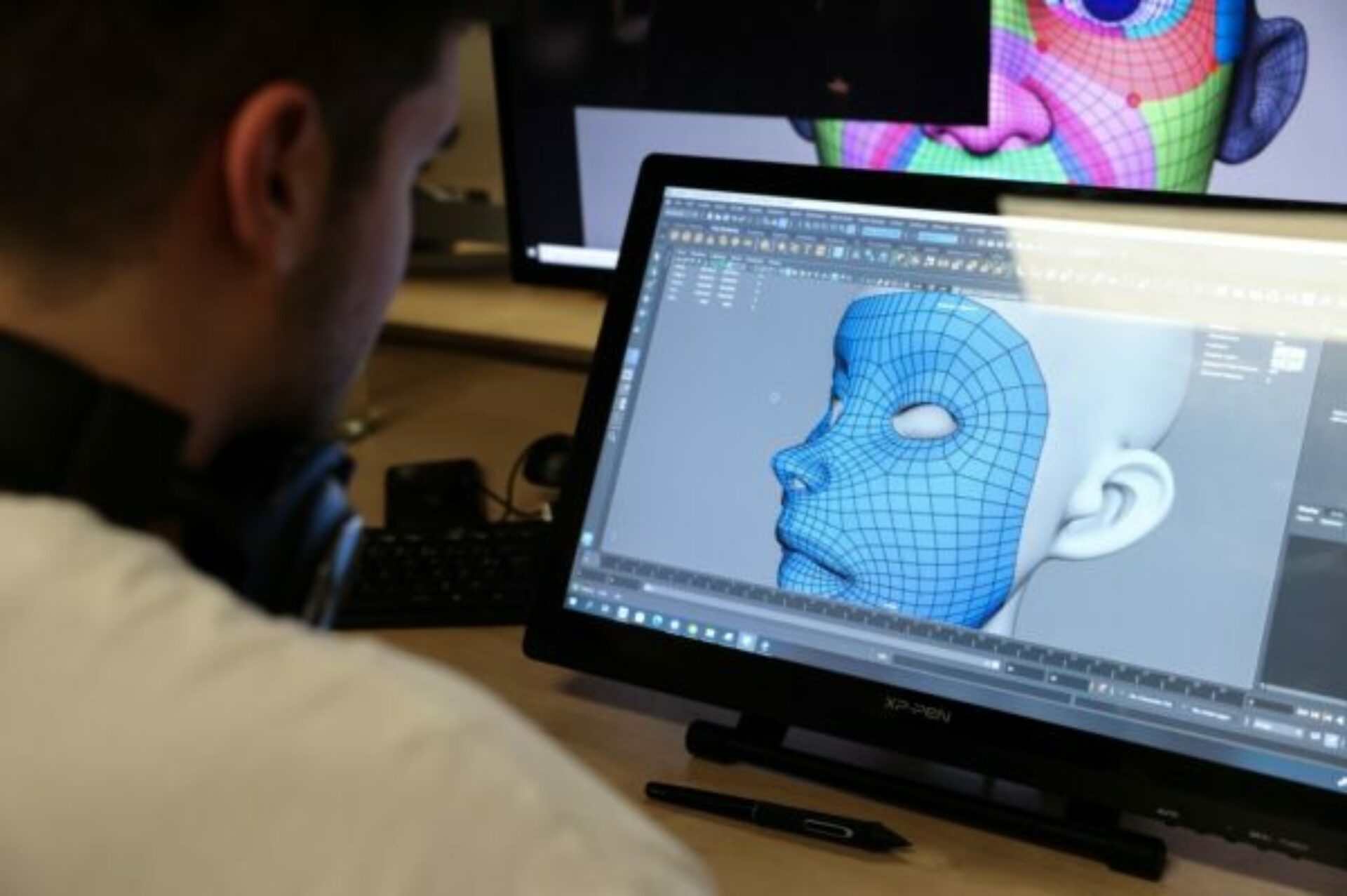
What skills do you need for compositing?
To work as a compositing artist, you’ll need:
- A sharp eye for detail and strong artistic sense (Chris Brejon’s CG Bible is a top learning resource)
- Knowledge of photography, lighting, and visual reference usage
- Proficiency with tools like:
- Nuke (industry standard)
- After Effects
- DaVinci Fusion (free)
- Natron (open-source)
- HitFilm Express (starter-friendly)
- Maya and Photoshop for 3D and textures
- Good organization and time management
- Teamwork and consistent technical research (via sites like 3DVF)
Education: Which Baccalaureate to Choose?
A general baccalaureate with math, physics-chemistry, or visual arts is a strong base. The STD2A track is especially suited for those aiming for 3D animation studies.
This is why the STD2A (Sciences et Technologies du Design et des Arts Appliqués) baccalaureate is also excellent preparation for choosing a course in 3D animation.
Courses and qualifications to become a compositing artist
Several academic paths are available:
- BUT MMI (Multimedia and Internet Professions)
- Professional degrees in audiovisual or digital arts
- Master’s in digital creation
- Diploma from a specialized school in 3D and VFX (like ESMA’s 3d Animation & VFX Training course)
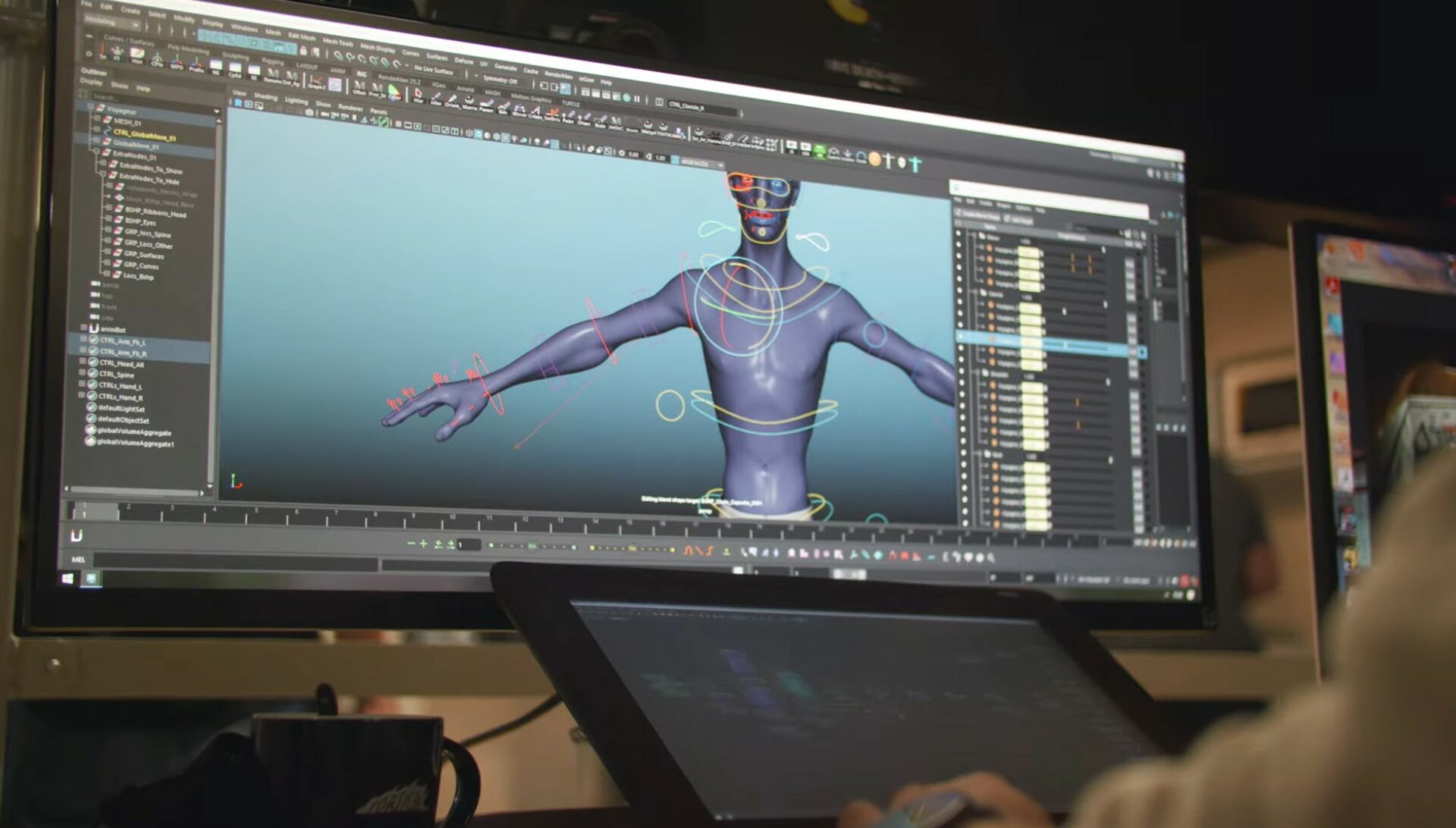
Software used by the compositing artist
While different studios use different pipelines, core tools include:
- The Foundry Nuke
- Adobe After Effects
- Blackmagic Design Fusion
- Autodesk Flame
- Apple Motion 5
- Autodesk Maya
- Adobe Photoshop
Learning concepts not just tools is essential so you can adapt across studios.
Salary expectations and career developments
- Junior / Entry level: around $50,000 to $70,000 per year. These roles often involve assisting senior compositors or working on smaller sequences.
- Mid-level (3–5 years of experience): approximately $75,000 to $100,000 per year, depending on the studio, project scale, and technical expertise.
- Senior / Lead Compositing Artist: $110,000 to $140,000+ per year. (e.g., Lead Compositor)
With time, you can progress to:
- Lead Compositor
- VFX Supervisor
- Technical Director
- Special effects trainer
- Studio founder
Obviously, this development will depend on the tastes of each artist, his skills and his career goals.
Which school should you choose to become a compositing artist?
The choice of school is crucial for a successful career.
The criteria to consider are:
- The school’s recognition in the industry
- The quality of the equipment
- Professional partnerships
- The rate of professional integration
- The quality of the teaching staff
- The RNCP (National Directory of Professional Certifications) title awarded after validation of the training
Several schools offer suitable training courses. ESMA (Ecole Supérieure des Métiers Artistiques), in particular, offers a professional Training course in 3D Animation and Special Effects perfect for this type of profile, with several campuses in France.
